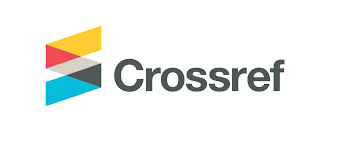Submissions
Submission Preparation Checklist
As part of the submission process, authors are required to check off their submission's compliance with all of the following items, and submissions may be returned to authors that do not adhere to these guidelines.- The submission has not been previously published, nor is it before another journal for consideration (or an explanation has been provided in Comments to the Editor).
- This article has been reviewed by native English speakers.
- The Copyright transfer agreement file has been provided.
- We encourage authors to submit the names of 5 referees (not from your own affiliation) suitable to review the work to aid in the peer review process.
- The text is single-spaced; uses a 12-point font; employs italics, rather than underlining (except with URL addresses); and all illustrations, figures, and tables are placed within the text at the appropriate points, rather than at the end.
- The text adheres to the stylistic and bibliographic requirements outlined in the Author Guidelines, which is found in About the Journal.
- The submission file is in OpenOffice, Microsoft Word, RTF, or WordPerfect document file format.
- Where available, URLs for the references have been provided.
- Make sure that issues about Publication Ethics, Copyight Transfer, Authorship, Highlights, Graphical Abstract, Journal's Template, and References format have been appropriately considered.
- I accept the rejection of manuscript if I don't follow all submission preparation checklist.
Copyright Notice
This is an Open Access journal, by Sakon Nakhon Rajabhat University
All material is licensed under a terms of the Creative Commons Attribution 4.0 International
(CC-BY-NC-ND 4.0) licence, unless otherwise stated.
Privacy Statement
The names and email addresses entered in this journal site will be used exclusively for the stated purposes of this journal and will not be made available for any other purpose or to any other party.








